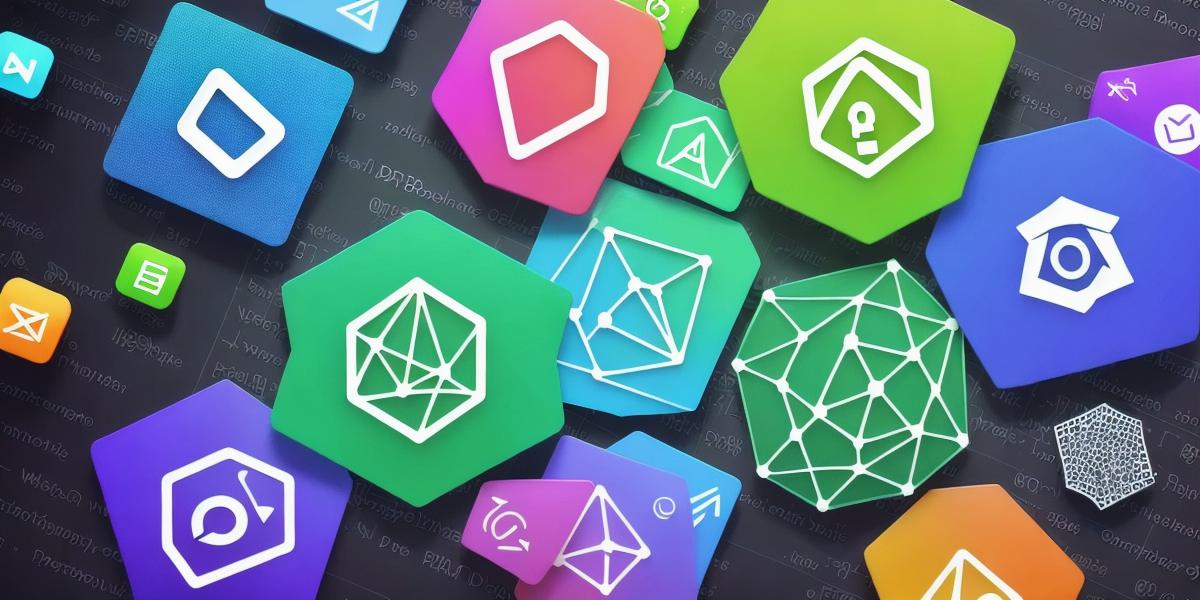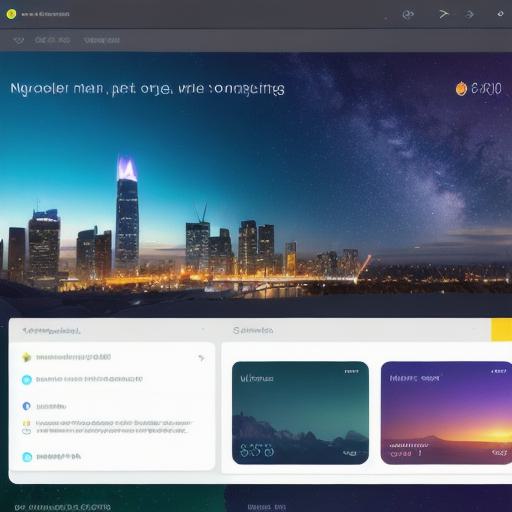Discover the Future of Decentralized Applications with Web 3.0 Dapps

In recent years, decentralized applications (dApps) have gained significant traction as a way to build more secure, transparent, and user-controlled digital experiences. As the Web continues to evolve, dApps are expected to become even more powerful and versatile with the emergence of Web 3.0.
Web 3.0 is the next evolution of the World Wide Web, which will focus on decentralization, data ownership, and interoperability. It will enable a new generation of dApps that can harness the full power of blockchain technology to create more advanced and secure applications.
One of the key features of Web 3.0 is the ability for dApps to leverage smart contracts, which are self-executing contracts with the terms of the agreement between buyer and seller being directly written into lines of code. Smart contracts enable dApps to automate complex processes, such as buying and selling assets or handling transactions, without the need for intermediaries.
Another important aspect of Web 3.0 is the ability for dApps to integrate with various blockchain networks, allowing them to access a wide range of data sources and user bases. This makes it possible for dApps to create more personalized and tailored experiences for users, based on their preferences and behaviors.
Some examples of Web 3.0 dApps include:
- OpenSea: an open-source marketplace for buying and selling non-fungible tokens (NFTs) built on the Ethereum blockchain.

- Uniswap: a decentralized exchange platform that enables users to trade cryptocurrencies without intermediaries.
- Brave: a browser that rewards users with cryptocurrency for viewing ads, while also providing privacy and security features.
Overall, the future of dApps looks incredibly promising with the emergence of Web 3.0. With smart contracts and blockchain integration, dApps will be able to create more secure, transparent, and user-controlled digital experiences than ever before. As the Web continues to evolve, we can expect to see even more innovative and powerful dApps emerge in the coming years.








